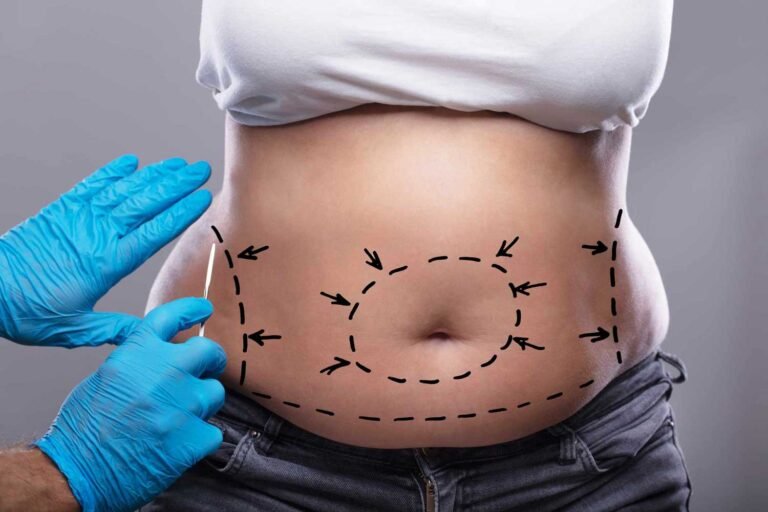Bringing home a playful puppy is pure joy — endless cuddles, wagging tails, and those adorable little teeth. But when those tiny teeth start nipping fingers, tugging pant legs, or chomping on toes, it can quickly become frustrating.
At Blue Sky Puppies, we understand that puppy nipping and biting are normal parts of development — but they also need to be managed correctly. With the right approach, you can teach your puppy to play gently, respect boundaries, and grow into a well-mannered companion.
In this guide, we’ll explain why puppies bite, how to handle it safely, and the best techniques to stop unwanted biting before it becomes a habit.
🦷 Why Puppies Bite and Nip
Before you can stop puppy biting, it’s important to understand why it happens. Nipping isn’t aggression — it’s communication and learning.
Here are the main reasons behind those sharp little nibbles:
1. Teething and Discomfort
Just like babies, puppies experience discomfort when their teeth come in — usually between 3 to 6 months of age. Chewing helps relieve that soreness.
Signs your puppy is teething:
-
Constant chewing on toys or furniture
-
Drooling more than usual
-
Red or swollen gums
-
Irritability or restlessness
👉 Solution: Provide appropriate teething toys, frozen chew rings, or ice cubes wrapped in a cloth to soothe their gums.
2. Exploring the World
Puppies use their mouths the way humans use their hands — to explore and interact with their environment. They learn about textures, tastes, and reactions by biting and mouthing objects (and people).
3. Play Behavior
In a litter, puppies bite and nip each other constantly while playing. It’s how they learn social boundaries. When one bites too hard, the other yelps and stops playing — teaching that biting hurts.
When your puppy bites you during play, they’re not being mean — they just haven’t learned what’s “too much” yet.
4. Attention-Seeking
Some puppies learn quickly that nipping gets a reaction — a squeal, a movement, or even scolding. To them, any attention (even negative) is a reward.
5. Overstimulation or Fatigue
Puppies can get overstimulated after play or training sessions. When they’re tired or hyper, they may resort to nipping out of frustration or excess energy.
🐾 Step 1: Stay Calm — Don’t React Aggressively
Your tone and energy are everything when correcting biting.
Never yell, hit, or grab your puppy’s muzzle — this can create fear-based aggression and damage your bond. Puppies don’t understand punishment; they understand patterns and reactions.
Instead:
-
Use a calm but firm “No” or “Ouch!”
-
Pause play for a few seconds so your puppy learns that biting ends the fun.
-
Reward calm behavior immediately after.
🧸 Step 2: Teach Bite Inhibition (Soft Mouth Training)
Bite inhibition means teaching your puppy to control the force of their bite. This is one of the most important life skills for every dog.
Here’s a step-by-step process:
🪜 How to Train Bite Inhibition:
-
Start during gentle play.
If your puppy bites too hard, say a clear “Ouch!” in a high-pitched but calm tone. -
Stop playing immediately.
Fold your arms, turn away, and ignore your puppy for 10–20 seconds. -
Resume play once your puppy calms down.
They’ll begin to learn that gentle play keeps the fun going — hard bites make it stop. -
Be consistent.
Everyone in your home should respond the same way to biting to avoid confusion.
This mimics how littermates teach each other bite control naturally.
🦴 Step 3: Redirect Chewing and Nipping
Puppies need to chew — so rather than trying to stop the behavior completely, redirect it to something appropriate.
🧠 Try this:
-
Offer chew toys, rubber bones, or frozen teething toys immediately after a nip.
-
Praise and reward your puppy when they bite the toy instead of you.
-
Keep toys nearby during playtime to swap when nipping starts.
Blue Sky Tip: Use a rotation of 3–5 different textures (rubber, rope, plush, nylon) to keep things interesting and satisfy chewing instincts.
💬 Step 4: Use Time-Outs Wisely
When a puppy becomes too excited or ignores cues, a short time-out helps them reset.
How to do it right:
-
Say “No bite” calmly.
-
Place your puppy in a safe space (like a playpen or crate) for 30–60 seconds.
-
When they calm down, let them out and redirect to a toy.
Avoid long confinements — the goal isn’t punishment but teaching self-control.
🦮 Step 5: Control Playtime and Energy Levels
Most biting happens when puppies are overexcited. Managing their energy is crucial.
✅ Do:
-
Schedule regular playtimes and walks to burn energy.
-
Use structured games like fetch or tug-of-war (with rules).
-
Teach commands like “Sit,” “Leave it,” and “Drop it.”
🚫 Don’t:
-
Roughhouse with your hands — this encourages biting.
-
Let kids wave fingers near your puppy’s face during play.
If your puppy bites more during evenings (“puppy witching hour”), add a short walk or mental game before bedtime to help them relax.
🎯 Step 6: Teach “Leave It” and “Drop It” Commands
These commands are incredibly useful for preventing unwanted biting or grabbing objects.
🗣️ Teaching “Leave It”:
-
Hold a treat in your closed hand.
-
Let your puppy sniff, lick, and paw — but don’t open your hand.
-
When they stop and look away, say “Yes!” and reward from your other hand.
-
Gradually add the cue word “Leave it” before presenting the hand.
🦴 Teaching “Drop It”:
-
Offer a toy to your puppy.
-
When they take it, say “Drop it” and show a treat.
-
Once they release the toy, reward immediately.
-
Practice daily with different toys.
These commands help redirect your puppy during biting situations and reinforce calm control.
🧠 Step 7: Socialize to Reduce Mouthy Behavior
Puppies who lack socialization often use their mouths more roughly because they haven’t learned proper bite boundaries from other dogs.
Safe socialization tips:
-
Arrange playdates with vaccinated, gentle dogs.
-
Observe body language — balanced play includes breaks and back-and-forth chasing.
-
If biting gets too rough, separate for 30 seconds and resume calmly.
Puppy socialization classes (after vaccinations) are a great place to practice bite inhibition in a structured environment.
🧍 Step 8: Understand the Difference Between Play and Aggression
It’s natural to worry when your puppy growls or bites during play — but most of the time, it’s harmless play behavior.
🐕 Signs it’s normal play:
-
Bouncy posture
-
Relaxed tail and soft eyes
-
Wagging tail
-
Pauses in play or self-handicapping (biting softly)
⚠️ Signs it’s fear or aggression:
-
Stiff body posture
-
Deep growling or snarling
-
Lunging without invitation
-
Biting without releasing
If you see signs of fear or aggression, consult a certified dog trainer or behaviorist for personalized guidance.
🧩 Step 9: Provide Plenty of Mental Stimulation
Bored puppies bite more. Keeping your puppy mentally engaged reduces frustration and unwanted mouthy behavior.
🧠 Ideas for mental enrichment:
-
Puzzle feeders and treat-dispensing toys
-
Short training sessions (5–10 minutes) several times a day
-
Scent games — hide treats around the house for your puppy to find
-
Basic obedience training — “Sit,” “Stay,” and “Come” build focus and impulse control
A tired mind = a calmer mouth!
🧍 Step 10: Be Patient and Consistent
It’s easy to get frustrated, but remember — biting is a phase that almost every puppy goes through.
With consistency, calm responses, and positive reinforcement, most puppies stop nipping excessively by 5 to 7 months old.
Stick to your training plan, and don’t give mixed signals. If you sometimes allow rough play and sometimes correct it, your puppy will get confused.
Everyone in your household — kids included — must follow the same rules.



